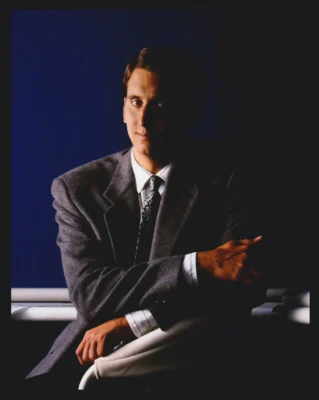Years ago when I was a corporate tradeshow manager, working in a Fortune 100 company’s sales and marketing organization, I remember listening to some of the sales guys talk about the ‘sales prevention’ department. They used the term loosely to describe any person or department in the company that made it difficult for them to do their job – to sell.
Depending on the day or the hour, they would refer to someone or some policy in accounting or engineering or production as being the sales prevention department. “I’d love to close this deal, but the sales prevention department is holding me up…”
When I moved to this side of the tradeshow industry, I didn’t hear that term so much, but the same issues prevailed. Now it was referred to as the ‘back of the house’. Every company had two parts: the front of the house (sales driven) or the back of the house (production driven). And somewhere in every building in our industry was a line of demarcation between the two.
Heaven forbid someone from the back of the house should actually come to the front and be a part of the sales process, or vice-versa. Worse yet, most companies seemed to be defined by either a ‘sales-oriented’ culture or a ‘production oriented’ culture. Talk to the folks doing the work in the building, not anyone in management, they’d just recite ‘corporate-speak’, and you could learn quickly which dominated in a given company.
Why did it have to be this way?
What was the deal? Was there some kind of clandestine power struggle going on? A command and control offensive in play?
Over the life of our company we have done a number of intensive multi-day training programs on customer service, internal and external client relationships, the voice of the customer and doing things right. Our thinking has been that if we can get everyone on the same page culturally, perhaps we can all work together with the same goals and objectives in mind. Sounds great on paper, but then you throw in the human element.
Perhaps rather than doing these trainings every couple of years, we should be doing them every couple of months. Perhaps we need to hire an outside consultant to do the training. Maybe it would be seen as legitimate if someone else says it.
We go out and hire the very best talent we can in our industry, and we create a team built on a lot of experience and expertise: people who know what they are doing and how they need to do it. And there’s the problem. You put that much talent and energy and passion in the same sandbox, and sooner or later, someone’s going to get sand kicked in their eyes.
As for the 12-foot ladder, that’s probably best referred to as ‘the straw that broke the camel’s back’. It’s just one item in a whole line of incidents between a sales person and the production team. Or it’s just one symbol of a power struggle between the front of the house and the back of the house; the one match that could have started the fire that could have burned the whole house down. Someone kicked sand in someone’s eyes.
The real test is how you handle and recover from these incidents. There’s too much talent and passion to be randomly throwing people out of the sandbox. And beating people up, verbally or otherwise, never accomplishes anything positive. It just spreads fear and anxiety and creates a toxic culture. Getting the kids to respect each other and play well in the sandbox is the challenge and the key to success. Maybe we all need to go back to kindergarten and re-learn some of the basics.
See you on the show floor…
Jim Obermeyer has been in the tradeshow industry 30 years, both as a corporate trade show manager and exhibit house executive. He is a partner in the trade show and event marketing firm Reveal. He can be reached at jobermeyer@revealexhibits.com.





























